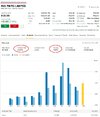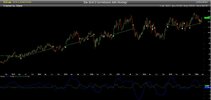- Joined
- 28 December 2013
- Posts
- 6,392
- Reactions
- 24,319
@Nick Radge, I value open and honest communication, so if there’s been a misunderstanding, let’s clear it up now by denying your involvement with these three Twitter members (@TheGreatPieEat1, @ppeakey007, and @Ppeaky01).
@Dona Ferentes, it seems that @Nick Radge has not yet responded to my earlier question. I can understand his frustration, as misunderstandings can often be resolved with a simple clarification.
In my previous post
I used a humorous graphic to respond to a complaint about an imposter.
This has led me to ponder
"What motivates an individual to behave in a certain way?"
Skate.







